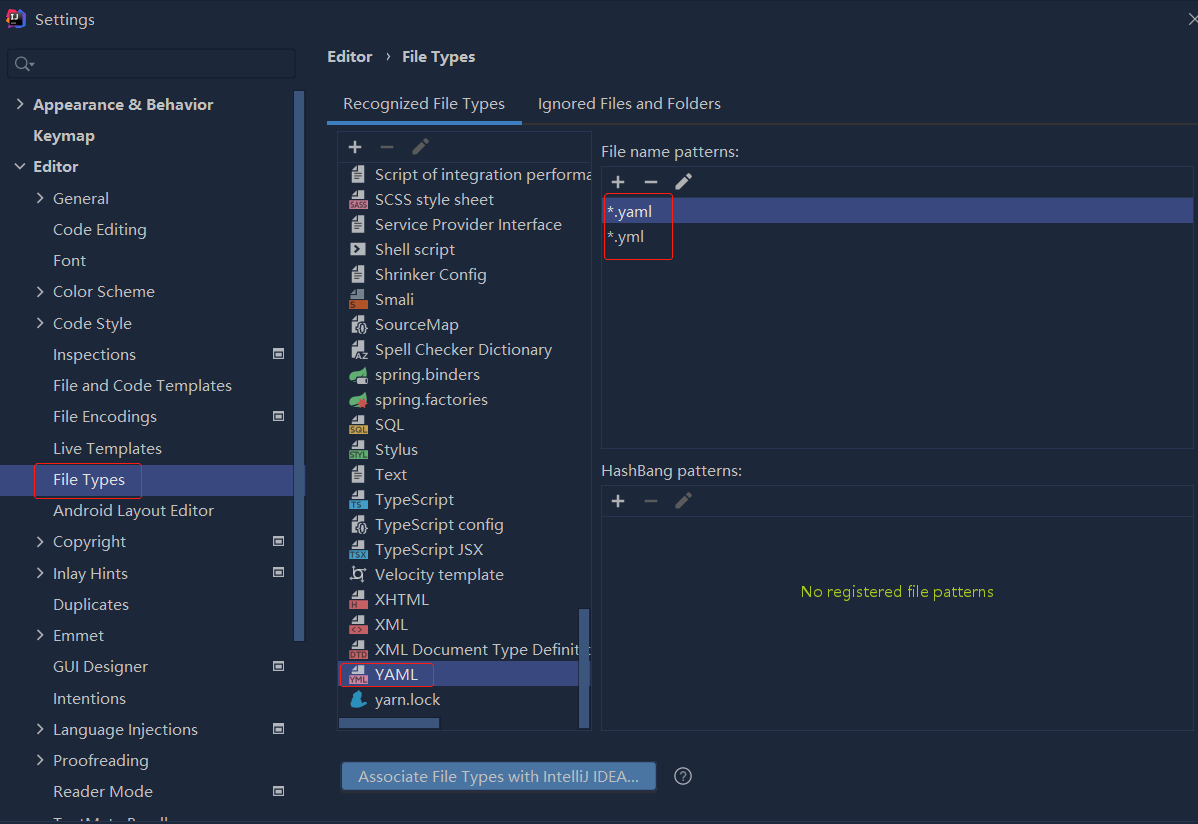问题描述
在2008年,我提供了Singleton设计模式的C ++ 98实现,该模式是延迟评估,保证销毁,技术上不是线程安全的。
class S
{
public:
static S& getInstance()
{
static S instance; // Guaranteed to be destroyed.
// Instantiated on first use.
return instance;
}
private:
S() {} // Constructor? (the {} brackets) are needed here.
// C++ 03
// ========
// Don't forget to declare these two. You want to make sure they
// are inaccessible(especially from outside), otherwise, you may accidentally get copies of
// your singleton appearing.
S(S const&); // Don't Implement
void operator=(S const&); // Don't implement
// C++ 11
// =======
// We can use the better technique of deleting the methods
// we don't want.
public:
S(S const&) = delete;
void operator=(S const&) = delete;
// Note: Scott Meyers mentions in his Effective Modern
// C++ book, that deleted functions should generally
// be public as it results in better error messages
// due to the compilers behavior to check accessibility
// before deleted status
};
解决方法
最近,我碰到了C ++的Singleton设计模式的实现/实现。它看起来像这样(我从现实生活的示例中采用了它):
// a lot of methods are omitted here
class Singleton
{
public:
static Singleton* getInstance( );
~Singleton( );
private:
Singleton( );
static Singleton* instance;
};
从该声明中,我可以推断出实例字段是在堆上初始化的。这意味着存在内存分配。对我来说,完全不清楚的是何时确切地将要释放内存?还是有错误和内存泄漏?似乎实现中存在问题。
我的主要问题是,如何以正确的方式实施它?

 依赖报错 idea导入项目后依赖报错,解决方案:https://blog....
依赖报错 idea导入项目后依赖报错,解决方案:https://blog....
 错误1:gradle项目控制台输出为乱码 # 解决方案:https://bl...
错误1:gradle项目控制台输出为乱码 # 解决方案:https://bl...